
I'm not a Midwesterner; No One Is
Of all the major regions of the United States, the Midwest seems the hardest to define. Conduct a hundred surveys and you'll be able to build a hundred different maps from the results. In fact, when such surveys are conducted, the only state that more than 60% of Americans would place in the Midwest is Iowa. This is more than just the usual "is Texas in the South or the Southwest?" edge-case confusion; this is a full-blown lack of definitional consensus.
There is one firm definition we might use for "Midwest", the one the U.S. Government uses. The U.S. Census Bureau Region 2: Midwest is comprised of the states of Indiana, Illinois, Michigan, Ohio, Wisconsin, Iowa, Kansas, Minnesota, Missouri, Nebraska, North Dakota, and South Dakota. But does using this definition in common parlance make any sense? Do those states really stand together apart from the rest of the country as a region? Do any of the other census regions? The West (Region 4) includes both Idaho and Hawaii, two states with little in common besides a picturesque remoteness. The Northeast (Region 1) places Vermont in the same bucket as New Jersey. It might seem more reasonable to treat the South as a block than the others, but Region 3 goes so far as to include Delaware, so even that one's a weird grouping. These regions might be useful groupings for the census, but not for anyone else. They don't share unique physical geography, or single united histories, or even modern region-wise cultures.
Etymologically, "Midwest" simply refers to a region that presently sits in the middle of the country, but which historically was the western frontier. But the U.S.'s western expansion happened in stages, and it happened in traditionally non-Midwestern states such as Tennessee, Arkansas, and Texas as much as it did in states to their north. Rather than develop my own definition of "Midwest" to throw on the pile, I would assert that the Midwest isn't a thing. More to the point, the Midwesterner, the specific person found in the Midwest but not in the rest of America, is not a thing. It's not as if "Midwest" should be the name of some small part of Census Region 2, either. Every parcel of land in Region 2 can be assigned to one of three national regions, each home to people with histories and identities distinct from one another, rooted ultimately in the nature of the land beneath their feet. These regions are the Great Lakes Region, the Ohio River Valley, and the Greater Plains.
NOTE: these regions do not necessarily follow state lines and their borders are not sharp lines. Places along the edges of two regions are to be considered a part of both. Also, regions are not homogeneous throughout. Each one has sub-regions, areas, towns, neighborhoods, and indeed households that differ from one another in meaningful ways. Regions are generalizations.
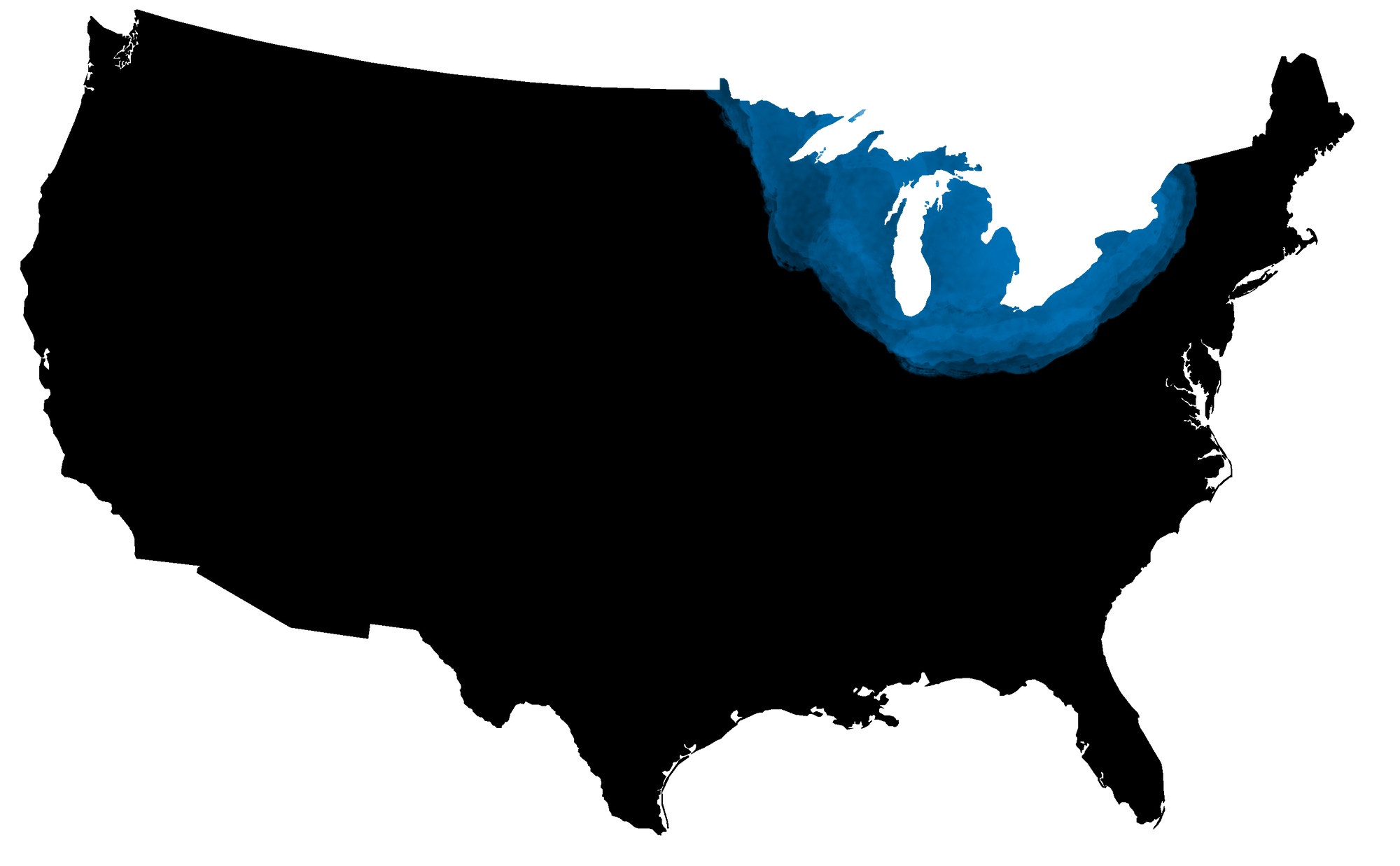
The Great Lakes Region
Comprising eastern Minnesota, Wisconsin, the Chicagoland area, northern Indiana, Michigan, northern Ohio, western Pennsylvania, and western New York. Arguably, this region also includes much of Ontario, but Canada is outside our scope.
The main thing that sets the Great Lakes Region apart from the other two "Midwestern" regions is the fact that it is coastal. The Great Lakes are navigable waterways connected (with the aid of a few canals) to the Atlantic Ocean and thus to global shipping lanes. This is also true of some cities along the Mississippi and other major rivers, but the lakes are a closer thing to the ocean, having proper bays, harbors, lighthouses, beaches, etc. Access to shipping means big cities and a highly diverse economy. The Great Lakes region is the most urban of the three regions, with most of the "Midwest's" largest cities found either in the region or at its edge, and with over half its land area having a population density greater than the national average.
The economy of the Great Lakes Region is quite varied. Extraction industries such as forestry and mining first attracted waves of American settlers when west to the Northwest Territory (which is now the states comprising the core of the region), and those quickly became the providers of raw materials for a booming manufacturing sector. Iron and copper from the shores of Lake Superior fed foundries in Gary, Detroit, Pittsburgh, and Buffalo. Strange salts found dissolved in groundwater and mineral deposits supplied chemical companies like Dow and 3M. Hardwood forests were logged and sent to furniture factories around the shores of Lake Michigan.
Big manufacturing concerns are, of course, not unique to the Great Lakes region. What has set the region's economic culture apart historically has been a choice for universal, mass-market appeal. From the Ford Model T to the cubicle to the delivery pizza to the Bell Mason jar to the cell phone to the aluminum drink can to instant coffee, the industry of the Great Lakes Region takes a lot of pride in commodifying former luxury goods. Things are invented all around the world, but the cheap, ubiquitous version was often invented around the Great Lakes. Call these goods crass, inauthentic, or soulless, you can't deny their near-universal appeal.

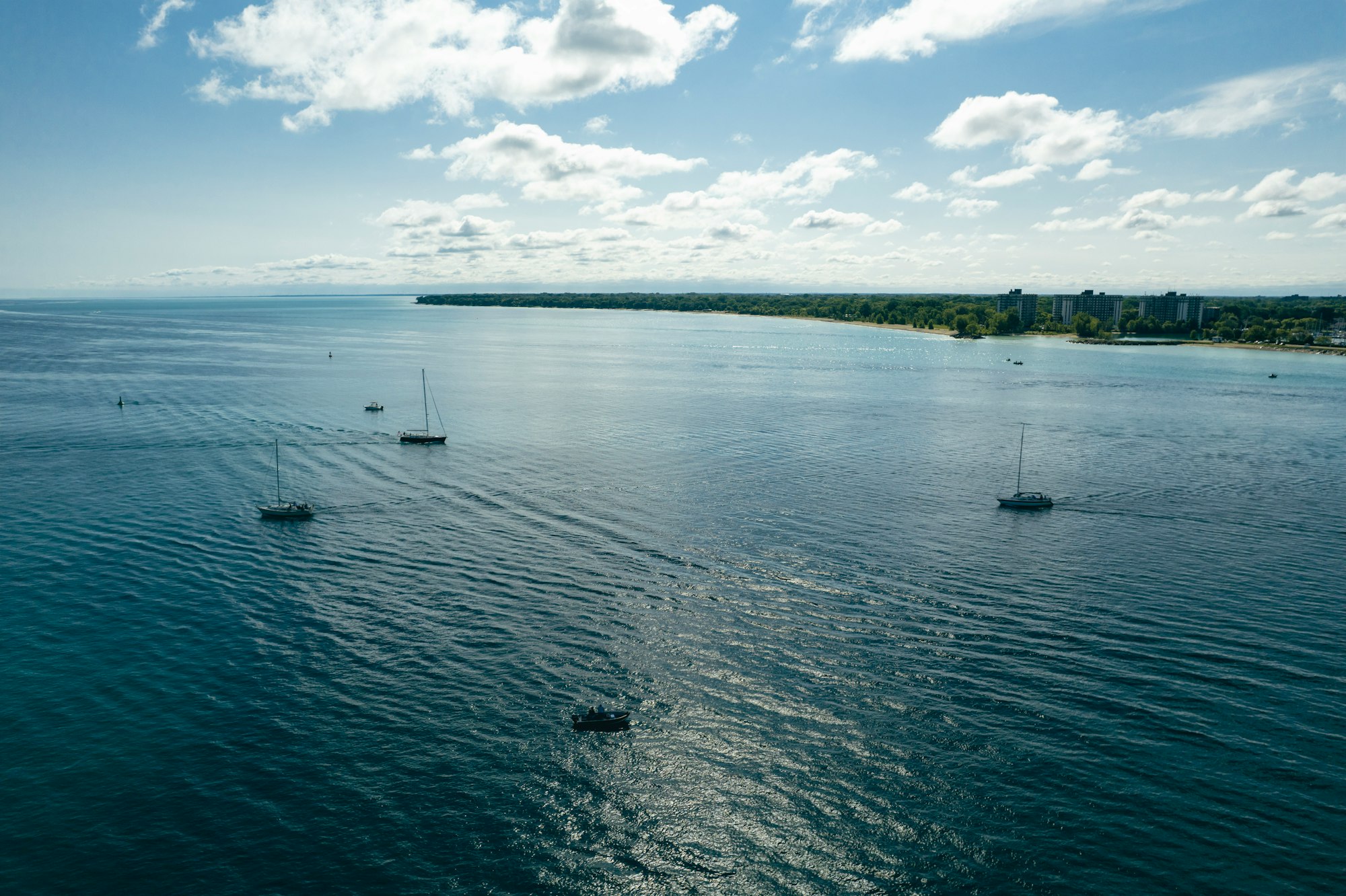

Nowadays, the factories of the southern stretch of the region – once called the Iron Belt but more recently derided as the Rust Belt – are often found empty, torn down, or converted to another use, as a more interconnected global economy has led to the off-shoring of the actual manufacturing of many goods. (This phenomenon is spawned by the same "make more, cheaper" ethos that built the region's industries in the first place.) The disconnect between a self-image as being a "factory to the world" and the current reality has led to much discontent in the region in recent decades. The industries all still exist at higher levels, in more white-collar fields such as R&D and engineering, which the Great Lakes Region remains the national seat of in many fields.
Food production in the Great Lakes Region is nationally significant but specialized. Staple foods such as corn, wheat, and soy are grown, but other fields lead production in those (which we'll get to later). Instead, the Great Lakes Region leads in higher-value things: fruit, vegetables, and dairy. Wisconsin has deep connections to processed foods; brewing, cheesemaking, and meatpacking are all well-known Wisconsin industries. (Less famously, Wisconsin also leads the country in the production of cranberries, a fruit seldom eaten fresh.) Ohio is a leader in the production of tomatoes, and Fremont, OH, near the shores of Lake Erie, is home to the world's largest ketchup factory. Michigan is second only to California in the variety of agricultural products it produces. The eastern shore of Lake Michigan is ideally suited for the growth of many fruits, such as cherries, blueberries, and apples. Michigan is also a top producer of potatoes, though most Michigan potatoes are grown for the potato chip industry, rather than for home kitchens.
In many respects, the Great Lakes Region is more similar to regions like the Megalopolis between Boston and Washington, D.C., or the Pacific Northwest, than it is to the Ohio River Valley or the Greater Plains. The Great Lakes Region shares its coastal nature with the former areas, It shares the way in which populous cities come to dominate large surrounding rural areas. It shares the big business focus of its economy. It has more major tourist destinations than the other two "Midwestern" regions. The Great Lakes Region is a region characterized by centrality to the United States and by interfacing with the rest of the world simultaneously.

The Ohio River Valley
Comprising southwestern Pennsylvania, southern Ohio, southern Indiana, eastern Missouri, and non-montane Kentucky and West Virginia
The smallest of the three regions, and not containing any state in its entirety, the Ohio River Valley is a weird pick for a top-level American region. It's definitely a region, but it seems like it would be a part of a larger region. But it isn't. It's distinct from the Great Lakes Region to the north, the Mid-Atlantic and Appalachian regions to the east, the Inland South to the south, and the Greater Plains to the west. This localized weirdness goes back to the region's history as a border region between the Northern and Southern states during the 19th Century. North of the Ohio slavery was illegal, and south of it, slavery was legal. The river was as clear a marker between early America's two halves as the Mason/Dixon line. However, when the Civil War broke out, the slave states along the Ohio stayed with the Union (including the region of Virginia that split off to form West Virginia). Because rivers are only boundaries politically; culturally, they're the core of a place, not the edge, and the southern banks of the Ohio were tied to the northern ones.
So, if you define "the South" as the former Confederacy, none of this region is Southern. But if we look at other factors the Ohio River Valley certainly seems Southern in many ways. Start with the accent: through much of the region, the people, on both sides of the river, speak with a twangy drawl. It's not as pronounced as the accents from the Carolinas or Texas, but it's still southern sounding compared to the deliberately blank accent of a national news anchor. Also, the most prominent word in the Southern American dialect. the second-person plural pronoun "y'all", has its northern limit of use in the Ohio River Valley.
There are other southern elements of this region's culture besides language. Fried chicken, the most prominent dish in Southern cuisine, got a big boost in global popularity from the kitchen of Harland Sanders. Born in southern Indiana, Sanders briefly worked as a boatman on the Ohio River itself before moving to Kentucky and founding Kentucky Fried Chicken, now a massive chain restaurant. (In fact, KFC is a good example of how the Ohio River Valley serves as a mix of the North and South; it's Southern culture at a mass-industrial scale.)
In the aftermath of the Civil War, many Confederates returned to homes in the Ohio River Valley; Louisville, Kentucky had so many ex-Confederates in city government that it has been described as having joined the Confederacy after the war.
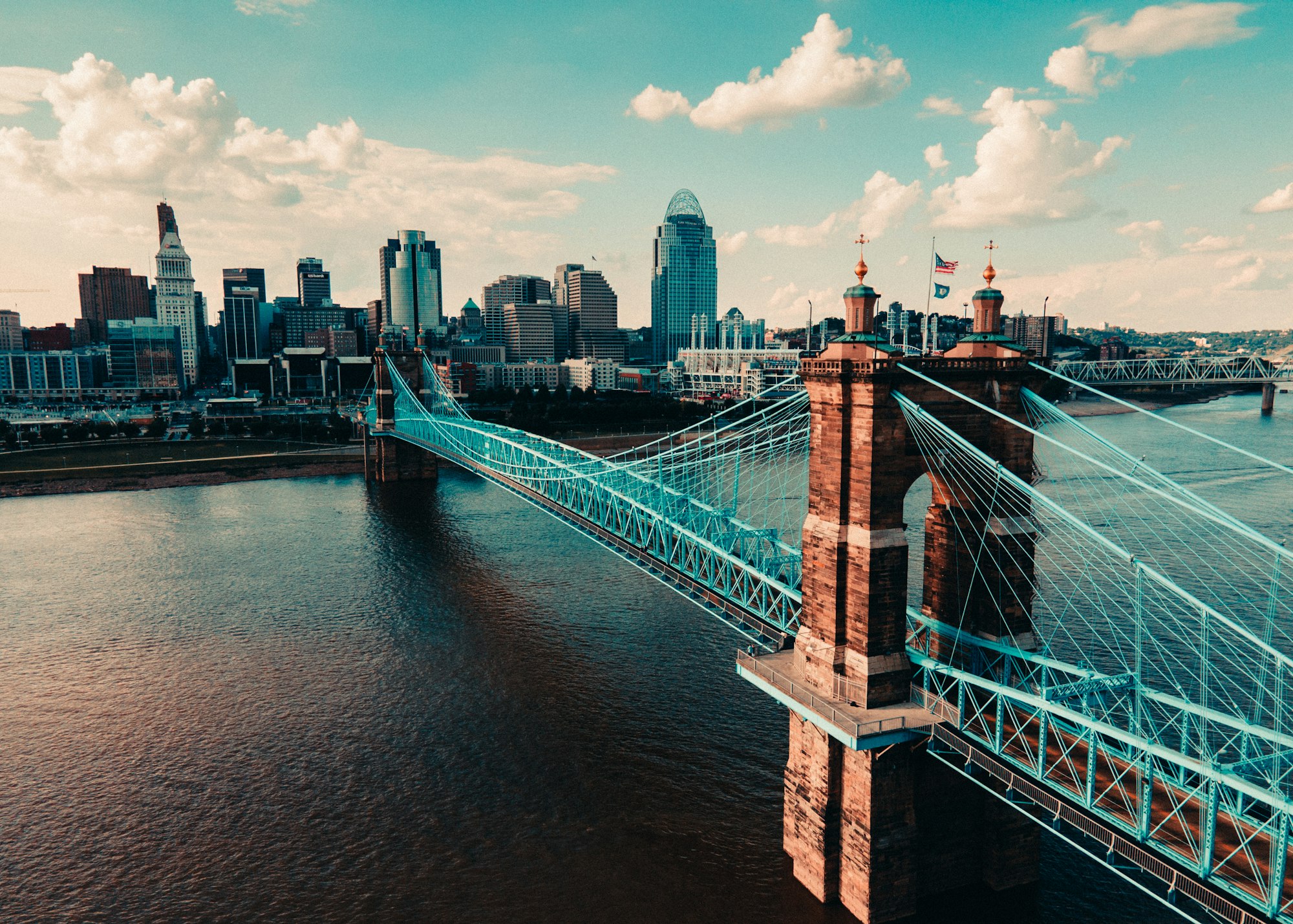
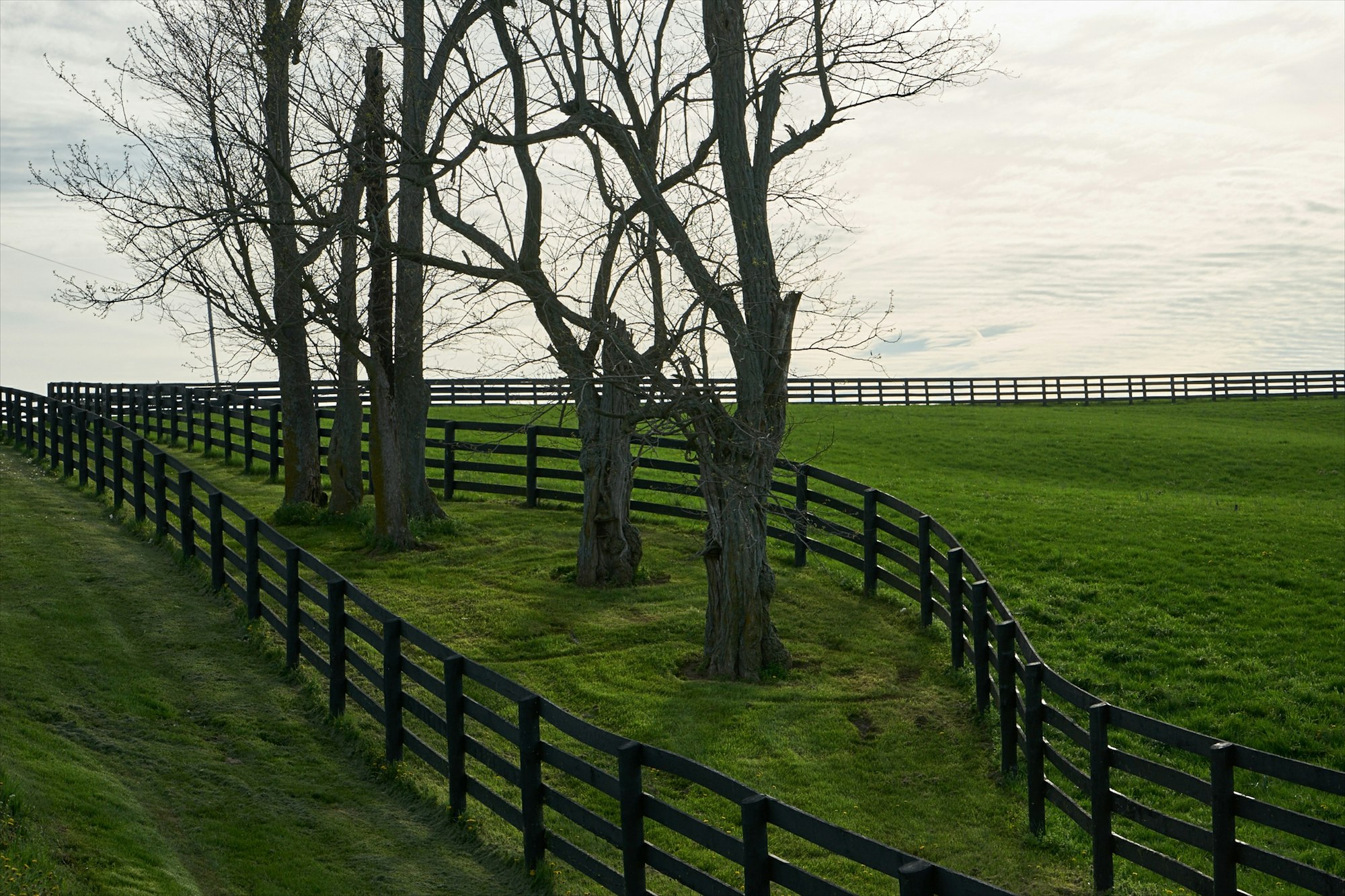
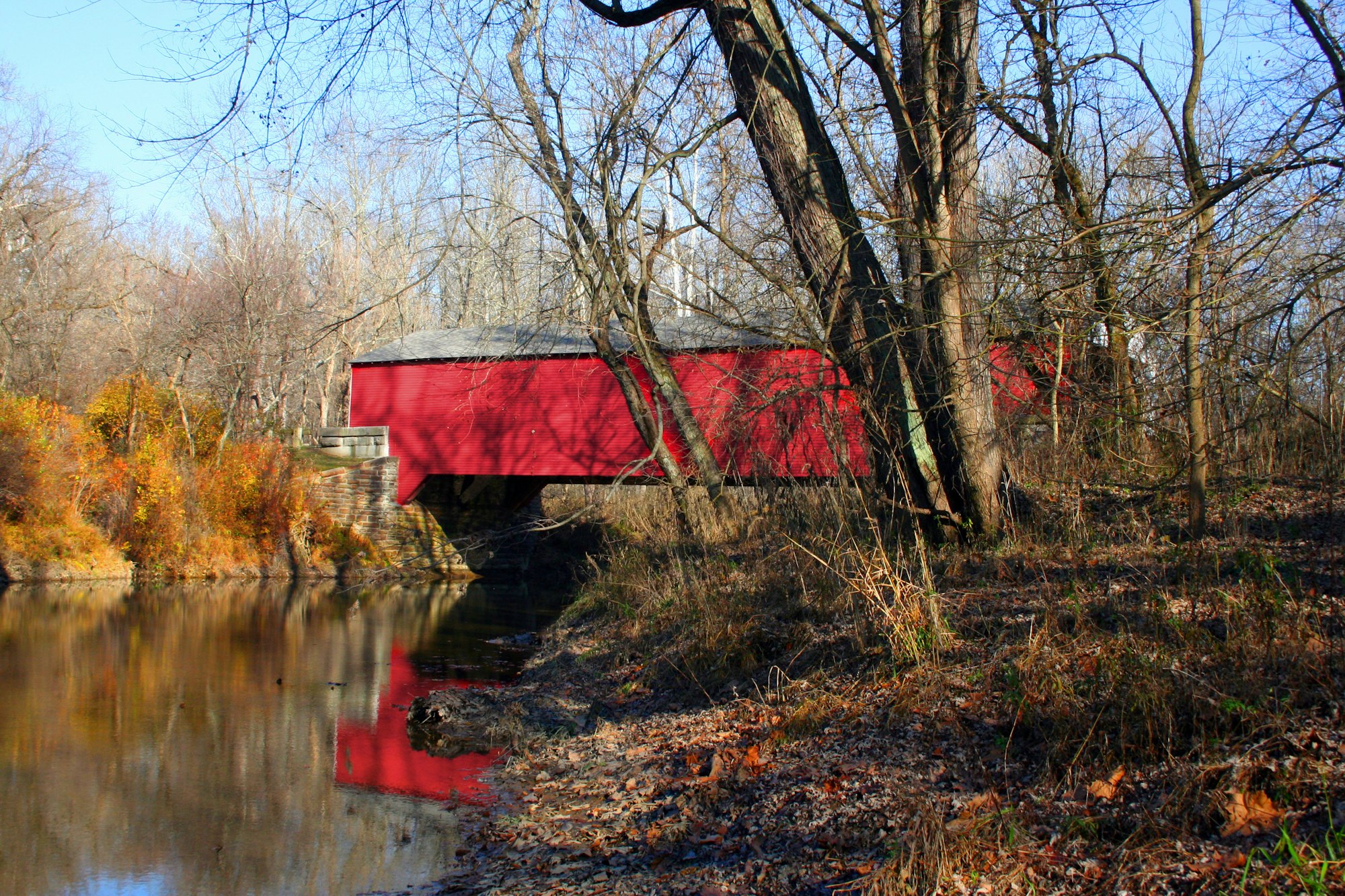
So, the Ohio River Valley is north of the South, but south of the North. If we stuck with the same stupid naming convention that brought us "Midwest" we might call it the "Midsouth". In a way, it's similar to the Southwest, which is politically part of the United States but culturally very influenced by Mexico.
One thing I think I should mention is that the Ohio River Valley is not the same thing as Appalachia, the region that contains the other parts of West Virginia and Kentucky. I mention this because a lot of famous so-called Appalachians (the McElroy brothers, J. D. Vance) are actually from the Ohio River Valley. I won't dispute that the two regions have some things in common, nor that the people living in one region might not have an affinity for their neighbors. But I will stress that the Ohio River Valley and Appalachia are two different things, for reasons evident in their names: the Valley is home to a major river that has aided trade and travel, while the Appalachian mountains have always been an impediment to the same. Therefore the Ohio River Valley has been generally wealthier and better connected to the rest of the country, while Appalachian communities have been generally poorer and more isolated, not just from other regions but from one another.
While not the full-on coastal place that the Great Lakes Region is, the Ohio River Valley's geographically central location and direct access to the Mississippi means that non-localized industry had a strong foothold there as well. Factories producing a range of goods are found in the region's cities (the Chevrolet Corvette in Bowling Green, KY; G.E.'s aircraft parts in Cincinnati, OH; DuPont chemicals in western West Virginia). All this industrial activity has come at a cost: the Ohio River is the most polluted river in the country.
Agriculture exists in the Ohio River Valley, but hilly terrain and hard-packed clay soil make farming difficult. Many areas are better suited to livestock; Kentucky's bluegrass pastures are home to some of the world's finest racing horse farms, and the Kentucky Derby, held annually in Louisville, is the most prominent horse race in the U.S.
One more thing worth mentioning: the Ohio River Valley is a good bit older than the other two "Midwestern" regions. Pittsburgh, Cincinnati, and other major cities along the river were some of the first founded by American settlers moving west of the Appalachians. Settlement of the Northwest Territory and Louisiana Purchase was facilitated through this region; it is for this reason that I include the St. Louis area in the region's edge. Even though it lies upriver from where the Ohio empties into the Mississippi, St. Louis has traditionally been the "Gateway to the West", so it only makes sense to consider it at least a peripheral part of this cross-roads region.
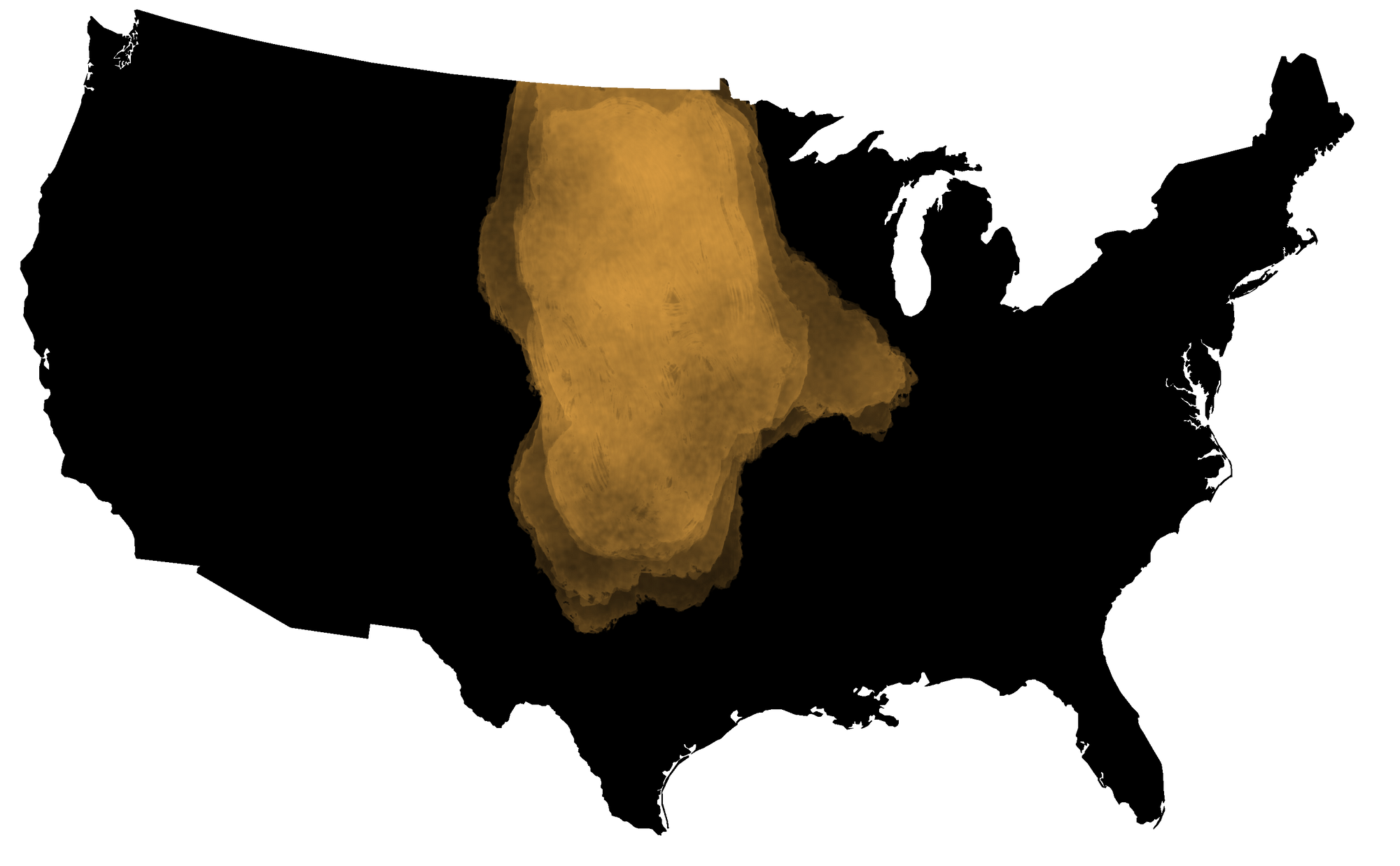
The Greater Plains
Comprising Iowa, Kansas, Nebraska, North Dakota, South Dakota, Oklahoma, western Minnesota, portions of outstate Illinois, western Missouri, extreme eastern Wyoming and Colorado, and northern Texas. Arguably, this region also includes Canada's prairie provinces, but Canada is outside of our scope
The Great Plains, a flat, open expanse of land stretching down the middle of the continent between the Rocky Mountains to the west and the naturally forested lands to the east, is one of the United States' major ecological regions. When it comes to drawing up cultural regions, though, it really makes the most sense to combine the Great Plains with the less naturally treeless but still open and arable prairies to the immediate east: hence the Greater Plains.
As this is the largest of the three "Midwestern" regions, it should come as no surprise to read that it is also the least homogeneous. The main two things that unite this region are treelessness and geographic isolation. Towns are generally small and may be spread hours of travel time apart from one another. Farming is the dominant industry throughout much of the region, alongside petroleum/natural gas extraction, which is more prevalent in the northern and southern extremes of the region than in the middle.
The Greater Plains is often called the nation's breadbasket. The grasslands and cleared forests throughout the region have been largely converted into high-yield fields for grains, especially corn and wheat. The sort of grain grown in a particular area depends on the local climate; in the eastern part of the region, where there is more rain, corn is grown (cycled yearly with soybeans, to prevent soil depletion), while in the western portion, where it is drier, wheat is grown. (Kansas is also famous for sunflowers, a low-water crop largely grown to produce cooking oil.) Much of that wheat is red winter wheat, which is used to make bread, though the Dakotas grow spring wheat, which is prized for pasta. Dakotas-grown durum wheat is even shipped over to and used in Italy for pasta. As one might expect, given the amount of silage grown there, the Greater Plains is also a center of livestock rearing.
All that said, it would be a mistake to say the region is entirely farms. While historically agriculture was overwhelmingly dominant, in recent decades a great deal of non-ag-related industry has arisen on the Greater Plains. For instance, Iowa, often thought of as an entire state simply full of corn, actually derives less than 10% of its economy directly from agriculture. Kansas and Oklahoma are home to many aerospace concerns, while Nebraska and South Dakota are home to finance houses Berkshire Hathaway and Citibank, respectively. Microsoft's largest presence outside its headquarters in Redmond, Washington is in Fargo, North Dakota. So, while agriculture is historically and currently important to this region, not everyone there is a farmer.
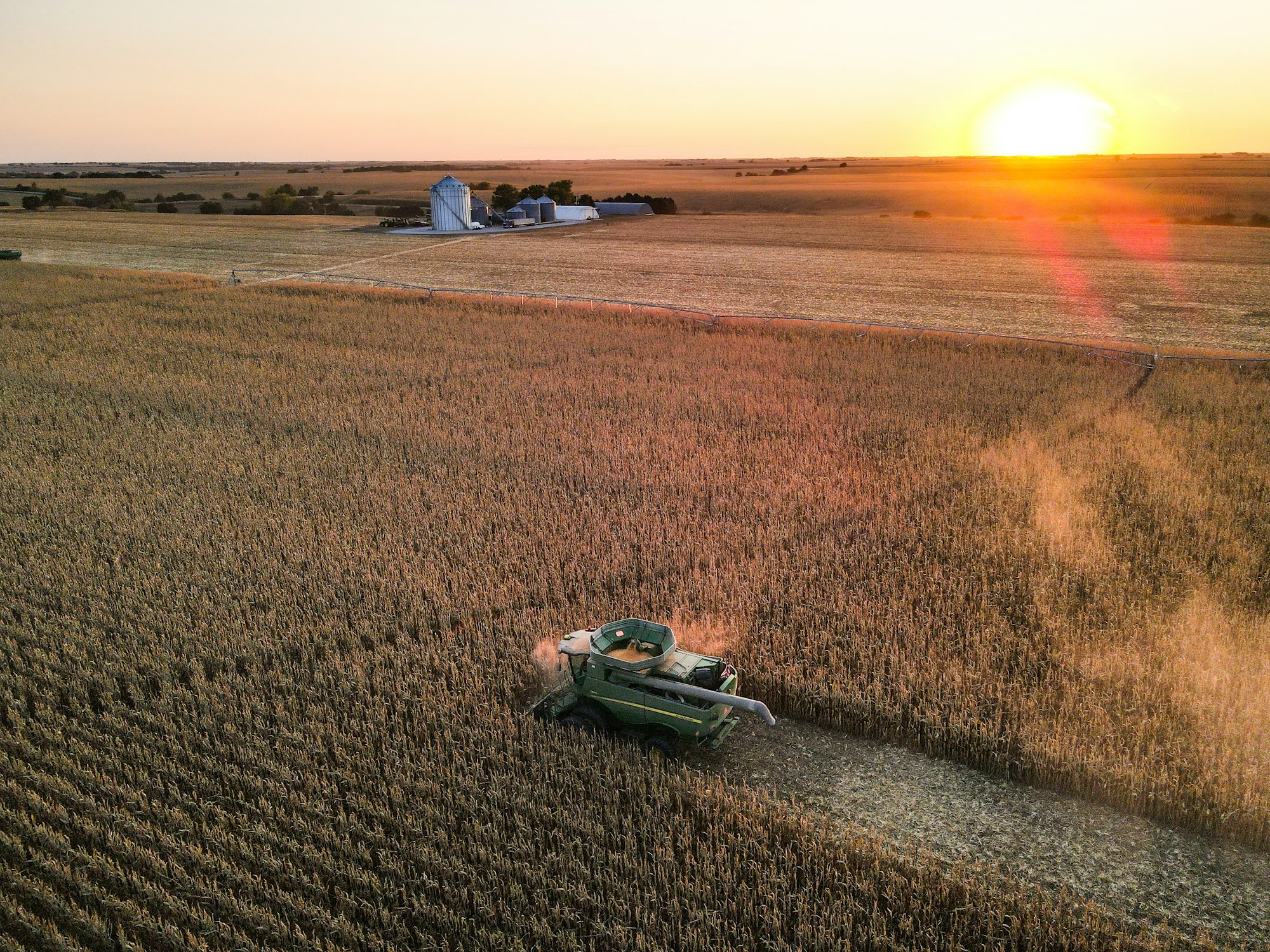

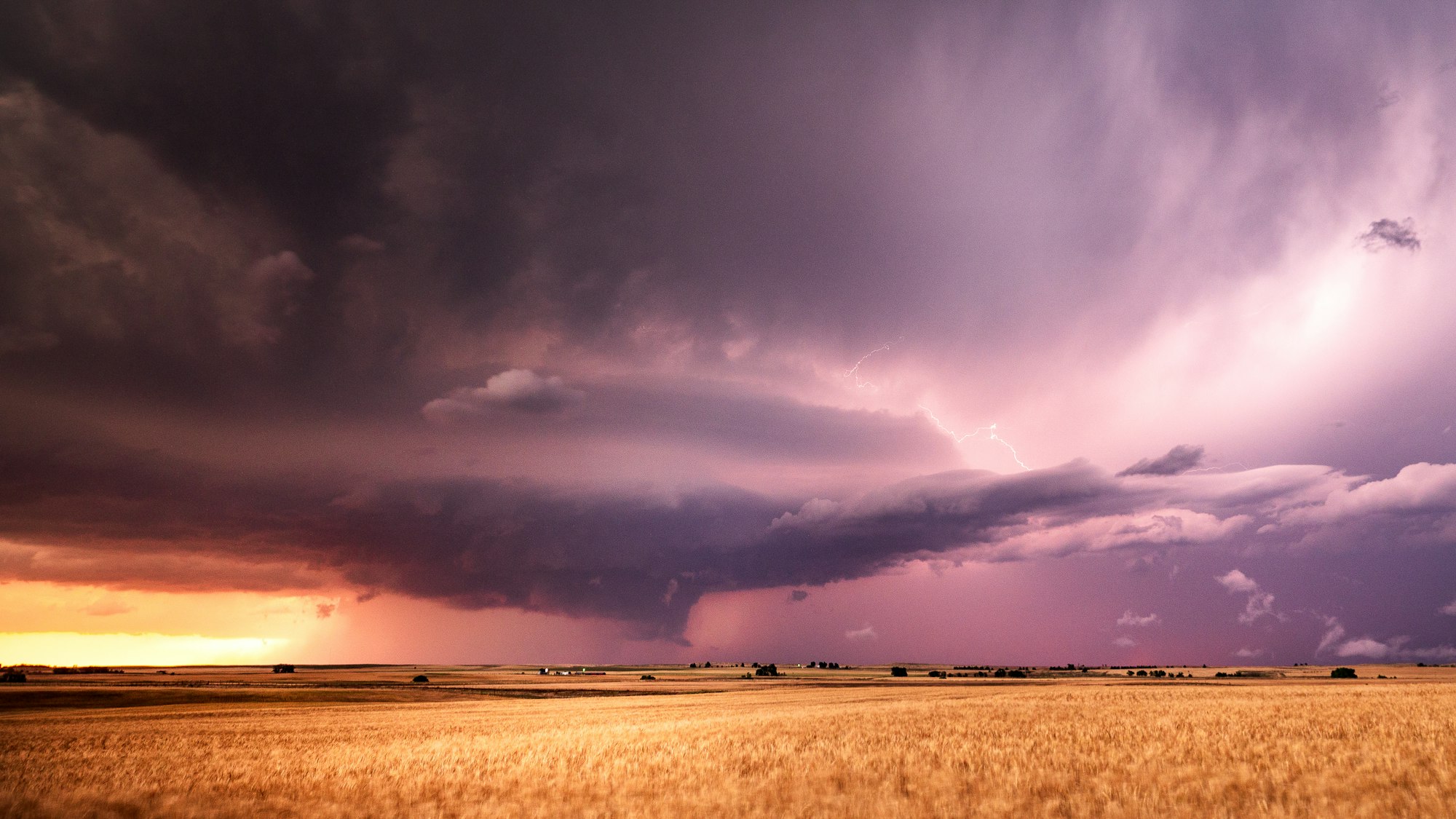
As I said, this region is characterized by isolation. There are some major navigable rivers in the region that give access to the Mississippi (which itself runs along the eastern edge), and where there aren't rivers, there are freight rail lines, so commerce reaches the Greater Plains. But the people there are a long drive from the rest of the country, and often from each other. In this, it shares a lot with many states further west. Indeed, the "Old West" of cowboys and gunslingers and dusty little one-street towns was as much a part of the Greater Plains as of the modern-day western states. Dodge City, of Gunsmoke fame, is in Kansas. The notorious James-Younger gang operated out of western Missouri. The Great Plains, which had long been home to herds of bison became home to herds of domestic cattle tended by horseback-riding cowhands. Owen Wister's The Virginian, a seminal work of the Western genre, was set in eastern Wyoming. Unlike other former frontier regions, the Greater Plains has retained a sense of being removed from the rest of humanity
The population of the Greater Plains is one of the most sparsely distributed in the continental U.S., and it has been steadily declining. Much of the region is fairly undesirable land; there's a reason that when the U.S. government displaced Native tribes, this is where they moved them to. When migration to America switched from being mostly wealthy colonial expeditions to being large numbers of poorer, independent immigrants, a lot of them also wound up in this region.
There are a lot of things making the Greater Plains a tough place to live. One of the first to be identified was the lack of trees. The first American settlers here had to import lumber, at a significant cost, from the Great Lakes Region and were forced to develop various wood-saving measures, such as sod houses and barbed wire fencing. The second problem, which persists even today, is that the region suffers the harshest weather of anywhere on earth, with a space of over 100°F between summer highs and winter lows in the northern parts of the region, and with infamously powerful, tornado-spawning thunderstorms sometimes destroying entire towns. Even their vast fields of grain are only possible due to advances in agricultural science; early farming methods overtaxed the region's poor soil, resulting in a temporary agricultural collapse in the southern Plains during the "Dust Bowl" of the 1930s. Massive numbers of Great Plains dwellers fled the Dust Bowl for other states, and the region's population has been in decline, sharp or gentle, ever since.
The Greater Plains could best be described as out-of-the-way. The people there are content to live far from America's major cities, and those who aren't are leaving. Those who come there, and have come there, are often seeking peace.
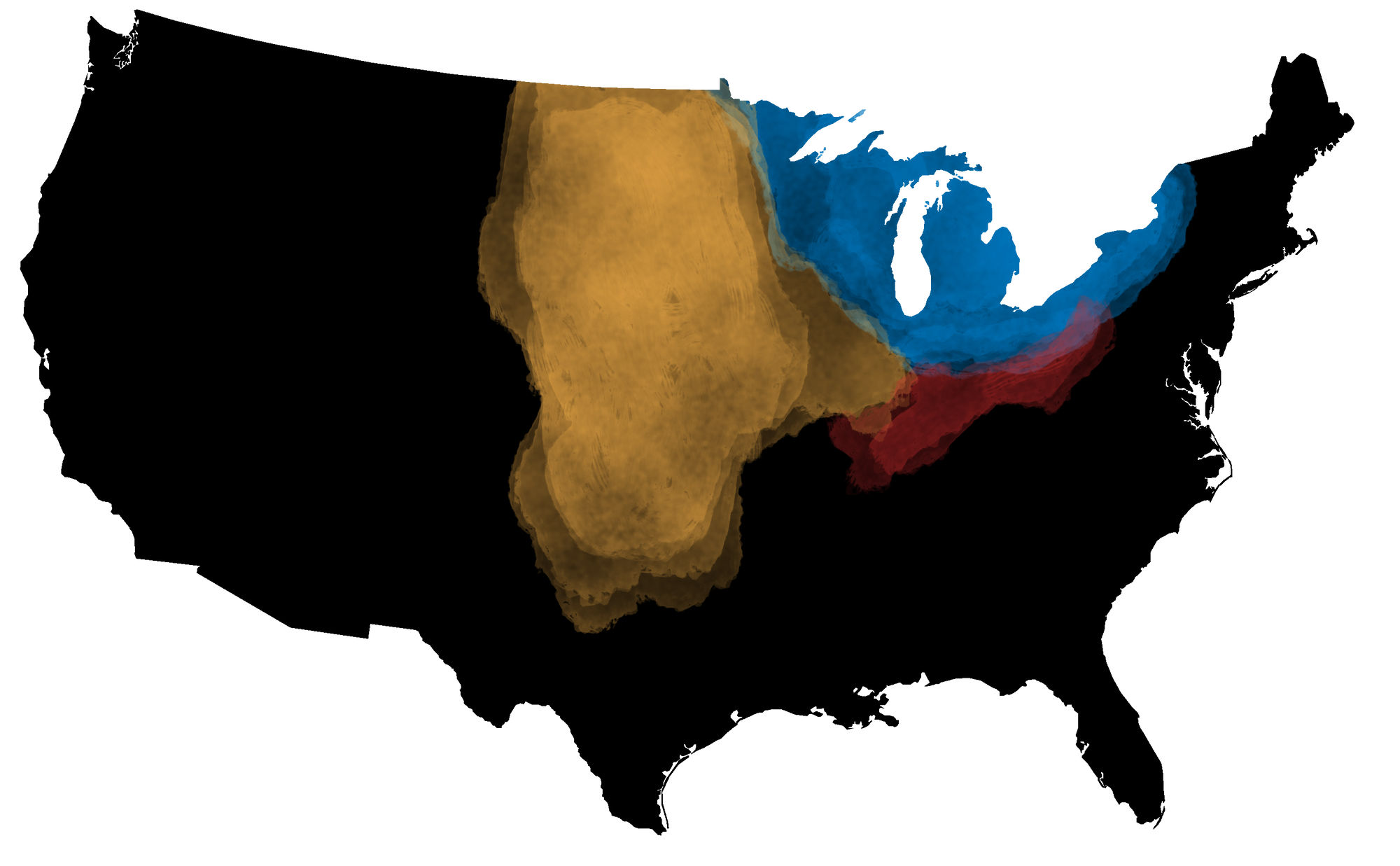
Words have to mean something, and "Midwesterner" just doesn't have enough of a single meaning to be of any use as a word. "Midwest" skates by, barely, as an okay name for Census Region 2, but the people who live there don't have any common culture uniting them in contrast to the other three census regions and, depending on where in Region 2 they live, they probably share more in common with people from one of the other three Census Regions than with people in the far sides of Region 2. Recognizing the existence of the Great Lakes Region, the Ohio River Valley, and the Greater Plains will improve Americans' understanding of each other and of their country's history. Please remember: "The Midwest" isn't really a thing, and I'm not a Midwesterner. No one is.

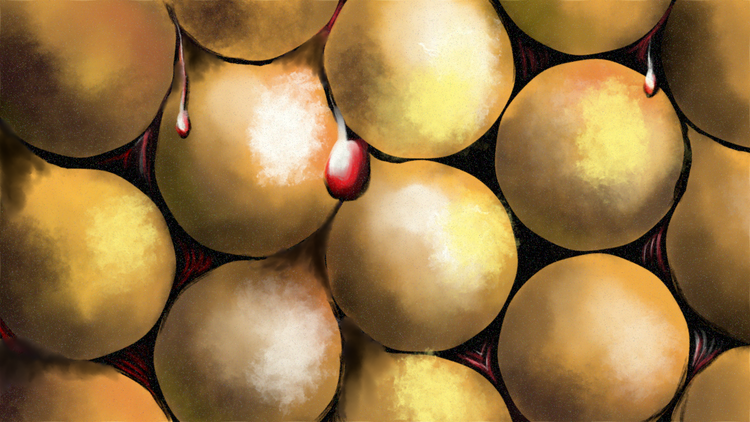

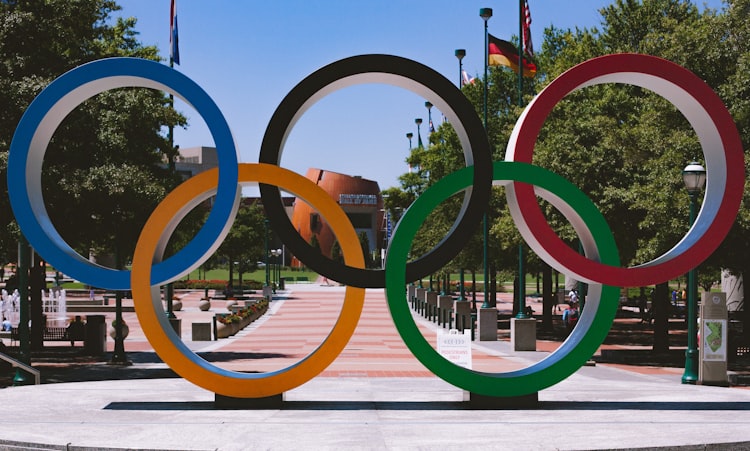


Member Commentary